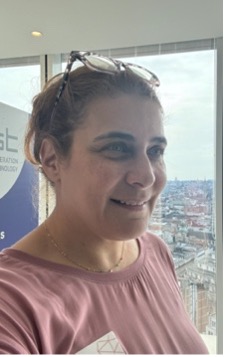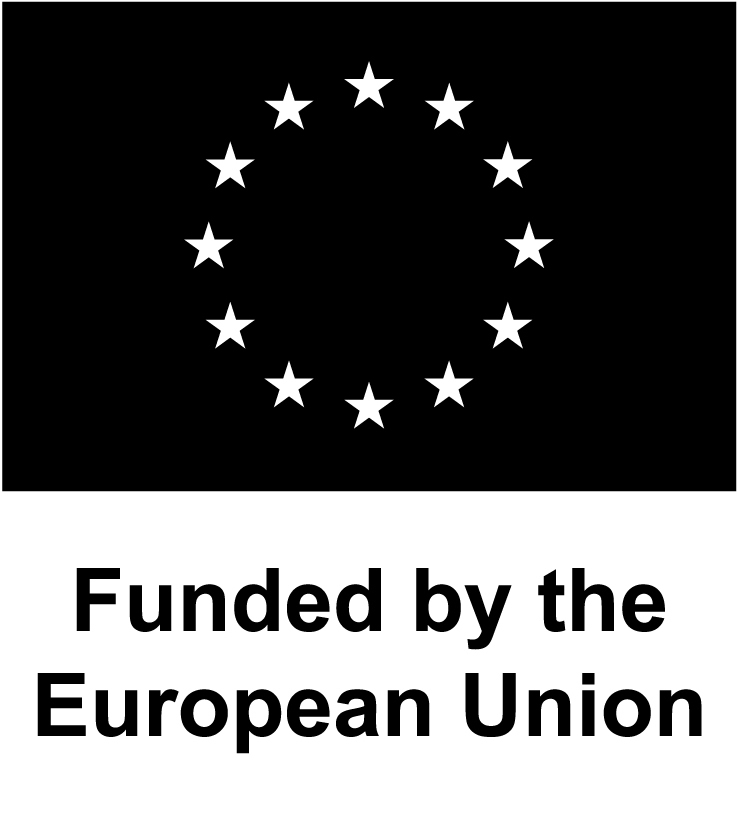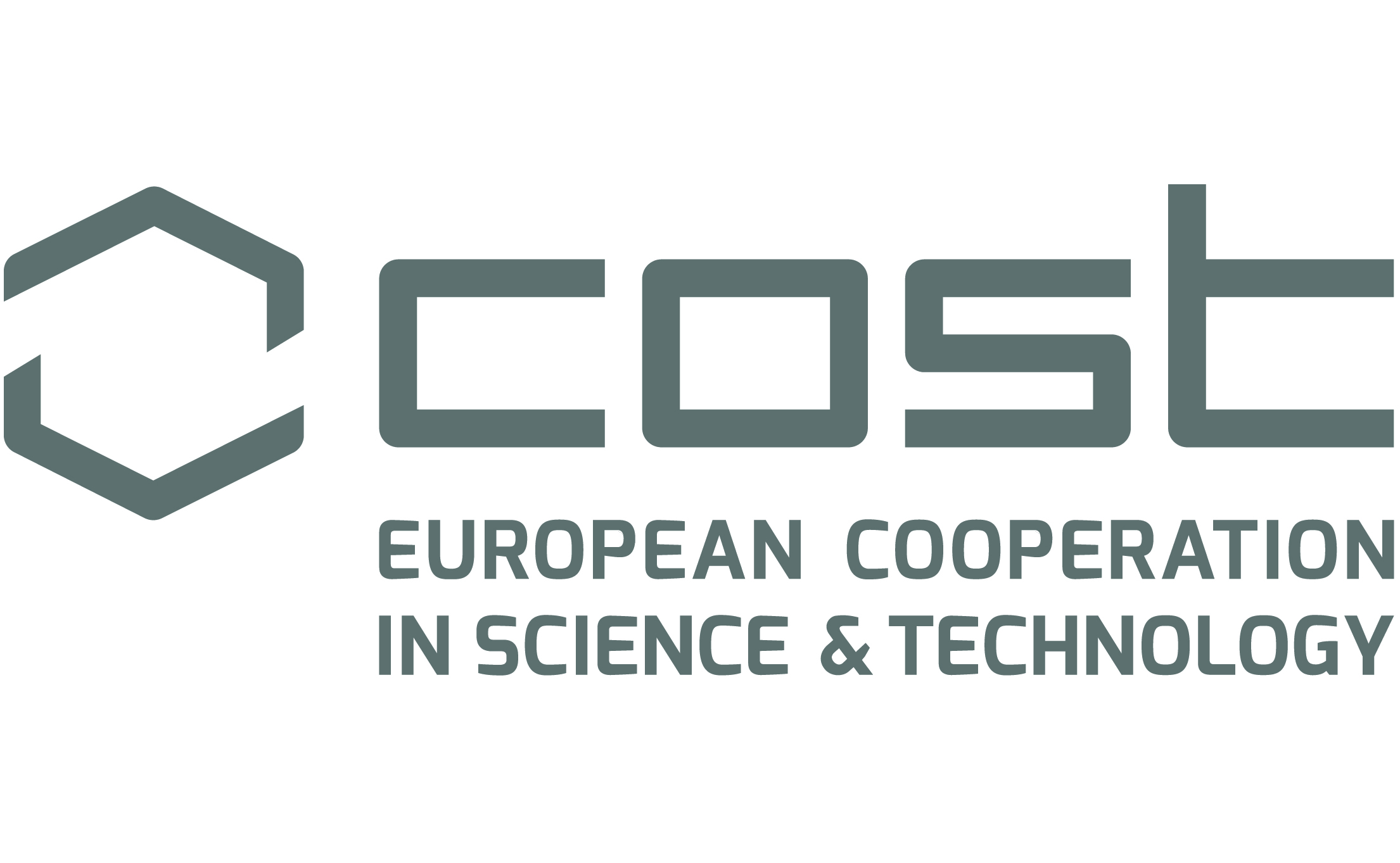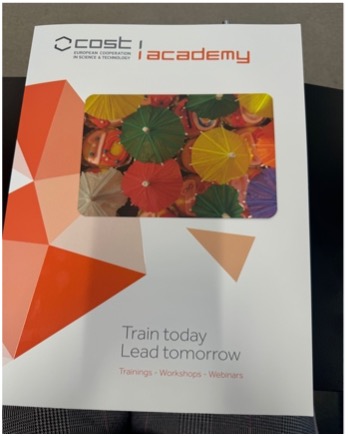Through the Digital Lens: Reflections on COST “Social Media” Training

Dina Hadad – K-Peritia Vice-Chair and Senior Fellow CHAD Paris 10 Nanterre, Member of the ISJP – Paris I – Panthéon Sorbonne
In K-Peritia COST action , we have long recognised that visibility and engagement are not merely by-products of research dissemination but integral components of scholarly practice. Our YouTube channel, blog entries, and editorial report collectively embody an evolving dialogue between creativity, critical reflection, and collaborative communication. These platforms serve as open spaces where knowledge is not simply transmitted but co-created an idea that resonates strongly with the COST ethos of cooperation across disciplines and borders and we are manifesting throughout the work our WGs
From an academic perspective, the role of social media in research communication has been widely debated. As scholars such as Kietzmann et al. (2011) and Boyd & Ellison (2007) have shown, social media platforms function as both networks of visibility and spaces of identity construction. More recent research, for instance Marres (2017) and Papacharissi (2018), has explored how digital publics shape the circulation of knowledge and the emotional economies of online engagement. Within this landscape, AI-driven tools now add new layers of mediation, curating what we see and amplifying certain narratives over others (Couldry & Mejias, 2019). Reflecting on our COST exercise, the invitation to “choose an image” becomes an allegory for this mediated visibility how our projects are algorithmically framed, yet also how we might reclaim agency in how they are represented.
This training has highlighted the intersections between visual culture, digital storytelling, and collaborative learning. Revisiting those ideas through the lens of this training, I am reminded that the academic self is increasingly a networked self, one that must not only learn to communicate but also to curate, and connect across multiple digital spaces.
Ultimately, engaging with social media is not simply about dissemination; it is about reflection and adhering to the rules. It allows us to visualise our research and collaborative identities, to connect with diverse publics, and to situate our work within broader conversations about technology, participation, and knowledge-making. The COST exercise thus becomes more than an activity: it is a reminder that our projects like the images we choose to represent them, live through the connections we create.
References
Boyd, d. m., & Ellison, N. B. (2007). Social network sites: Definition, history, and scholarship. Journal of Computer-Mediated Communication, 13(1), 210–230.
Couldry, N., & Mejias, U. A. (2019). The costs of connection: How data is colonizing human life and appropriating it for capitalism. Stanford University Press.
Kietzmann, J. H., Hermkens, K., McCarthy, I. P., & Silvestre, B. S. (2011). Social media? Get serious! Understanding the functional building blocks of social media. Business Horizons, 54(3), 241–251.
Marres, N. (2017). Digital sociology: The reinvention of social research. Polity.
Papacharissi, Z. (2018). Affective publics: Sentiment, technology, and politics. Oxford University Press.









